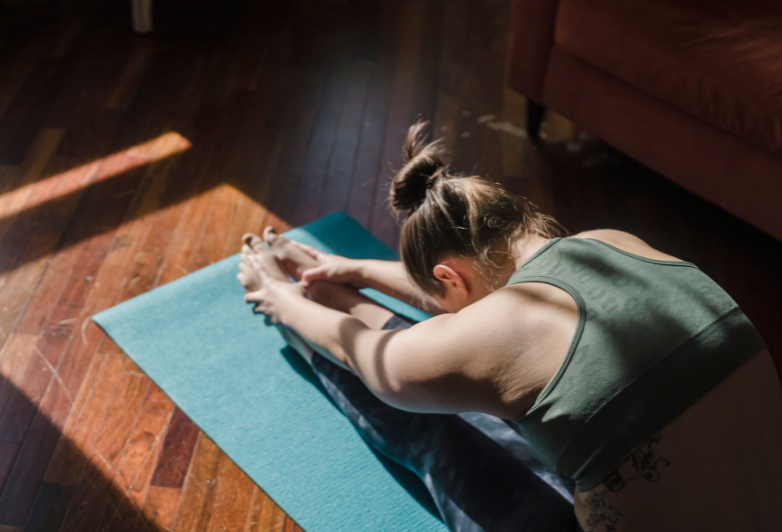“I don’t want to be at the mercy of my emotions. I want to use them, to enjoy them, and to dominate them.” ― Oscar Wilde, The Picture of Dorian Gray
Us too, Oscar. Us too.
If only we could always be cool, calm, and collected.
Alas, being human means that sometimes our emotions feel overwhelming. Especially negative ones.
So, while achieving total domination over our emotions is unlikely, we can learn how to self-soothe and deal with them in a healthy way.
What Is Self-Soothing?
Self-soothing is our ability to regulate our emotions when we’re feeling upset or anxious. It helps us return to a state of emotional balance.
We self-soothe during all stages of life, starting at six months old.
It allows us to control how we react to our emotions. Self-soothing calms us down, reduces our stress response (fight or flight mode), and helps us be present.
Self-Soothing Strategies
Engage the Senses
In a heightened emotional state, focusing on sensations lets us escape our thoughts and tune into the present.
- Take a warm shower
- Listen to comforting music
- Drink tea or chew gum
- Change up the environment, like going outside or into a different room
- Light a candle or sniff a favorite scent
- Look at comforting images, like a photo album of favorite memories
Get Moving
Physical activity helps us connect to our body, be more mindful, relieve tension and boost our mood.
- Walking
- Yoga
- Stretching
- Running
- Hiking
- Dancing
Practice Grounding Techniques
Grounding techniques are often used by people who deal with trauma and panic attacks.
However, they can be helpful for anyone experiencing overwhelming emotions, like anger, anxiety, and distress.
- Splash cold water on the face
- Hold an ice cube. Notice how it feels and how it changes with body heat
- Do a body scan
- Use a weighted blanket
- Cuddle a pet
- Eat a favorite food, paying attention to how it tastes smells and feels
- Describe the immediate surroundings in detail using all of the senses
- Out loud, say an anchoring statement. E.g., “My name is___. I’m ___ years old and I live in ____ (city). It’s ____ (time) on ____ (date).”
- Walk and with each step say which foot is moving forward
- Count to 10 very slowly
- Do jumping jacks
- Practice mindful breathing
- Touch nearby objects
- Make tight fists, hold for 5 seconds, and then release
Do Self-Soothing Touch
When we’re upset, a hug or hand squeeze from our loved ones can feel nice. But even when no one else is around we can use touch to comfort ourselves.
- Self-massage
- Stroke arms and legs
- Wrap arms around the body and squeeze
- Stroke a cheek
- Rub the chest in gentle circles
- Place one hand on the belly and the other on the heart and breathe deeply
Avoid Harmful Coping Tools
Often, we use quick fix techniques to ease emotional discomfort. While they briefly provide relief, they can be harmful in the long term and should be avoided.
- Using/abusing drugs and alcohol
- Binging or restricting food
- Isolating ourselves
- Escapism, like binge watching tv
- Self-harm
- Buying things
- Overworking
- Avoiding conflict
- Always looking to others to solve our problems
Sometimes, intense emotions are unavoidable. But we can take steps to minimize their impact.
By learning to self-soothe, we give ourselves a sense of emotional safety and control.
Sources:
https://positivepsychology.com/self-soothing/
https://self-compassion.org/exercise-4-supportive-touch/
https://www.healthline.com/health/grounding-techniques#mental-techniques

